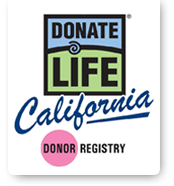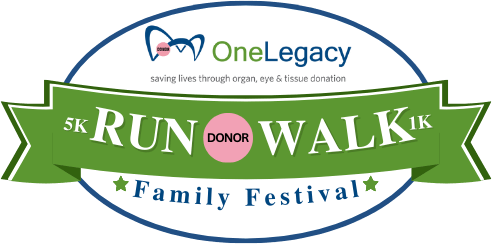SACRAMENTO, CA, September 26, 2012 – Governor Jerry Brown on Sept. 26 signed Assembly Bill 1967, a bill introduced by the Speaker of the State Assembly John Pérez (D-Los Angeles), that will ensure information on organ and tissue donation is taught in health and science classes statewide.
“I am very pleased the Governor has signed my legislation which will encourage young people to choose to become organ donors by ensuring they have access to the information to help them make an informed decision,” said Pérez. “More than 20,000 Californians are currently awaiting an organ to become available through donation, and by ensuring students have information on how to sign up, we can help ensure that these Californians can have a new lease on life that comes with an organ transplant.”
As with drivers in other states, California teenagers obtaining their first driver licenses are presented with the question, “Do you wish to register to be an organ and tissue donor?” According to Donate Life California (DLC) data, young drivers (between the ages of 15 and 19) have been less likely to register as organ and tissue donors than those aged 20 to 49. Clerks at the California Department of Motor Vehicles (DMV) report uncertainty about the donation process among teenagers and their parents when it comes to the donation question on the driver license application.
In keeping with the goal of preparing students to make informed donation decisions, DLC sponsored Assembly Bill (AB) 1967 (John A. Pérez). This bill, which passed the State Assembly and Senate with strong bi-partisan support, requires the Instructional Quality Commission and State Board to ensure that the health and science curriculum frameworks adopted in the course of the next submission cycle include the subject of organ procurement and tissue donation as appropriate.
“We greatly appreciate the tremendous support we have received from the Governor, the Speaker, the Legislature and the Department of Education for this vital legislation. Updating California’s health and science frameworks will give teenagers accurate information so they can make a confident decision about signing up to save lives on the Donate Life Registry,” said Donate Life California President Lisa Stocks. “We also hope that students will help us educate their parents and grandparents about the important Gift of Life possible from organ and tissue donation.”
California has the largest state donor registry in the country with more than nine million designated donors. But it also has the largest waiting list with approximately 20,000 transplant candidates. Californians lag behind most of the rest of the states when offered the opportunity to register. Of the 26 million licensed drivers and ID holders, only 36 percent have signed up to be organ and tissue donors (as compared to the 43% average for state registries nationwide). In 2011, only 26.9 percent of California DMV customers checked ‘Yes’ on their forms to register as donors, which places our state seventh from the bottom.
Despite the state’s lower donor registration rates, the DLC Organ and Tissue Donor Registry plays an increasingly essential role in saving and healing Californians in need of organ and tissue transplants. In 2011, one in four recovered organ donors and one in three recovered tissue donors were registered donors. Since the on-line registry was founded in April 2005, donors who had registered prior to death conservatively have saved and healed more than 100,000 lives through organ and tissue donation.
“It is a tragedy that nearly one third of individuals currently on the waiting list will fail to receive their transplant in time. I am hopeful that this bill will save more lives,” said Speaker Pérez.
About Donate Life California
Donate Life California is a nonprofit, state-authorized organ and tissue donor registry, administered by California’s four nonprofit, federally designated organ procurement organizations, each responsible for facilitating the donation process in the state: Donor Network West , Lifesharing, OneLegacy and Sierra Donor Services. As a state-authorized public service, the registry assures that all personal information is kept confidential and stored in a secure database, accessible only to authorized organ and tissue recovery personnel.
High concentration of Azithromycin in infected tissues is also caused by the fact that phagocytes and macrophages transport it to the site of infection and release in the area of inflammation. Azithromycin is prescribed in case of illness or injury at the time.









